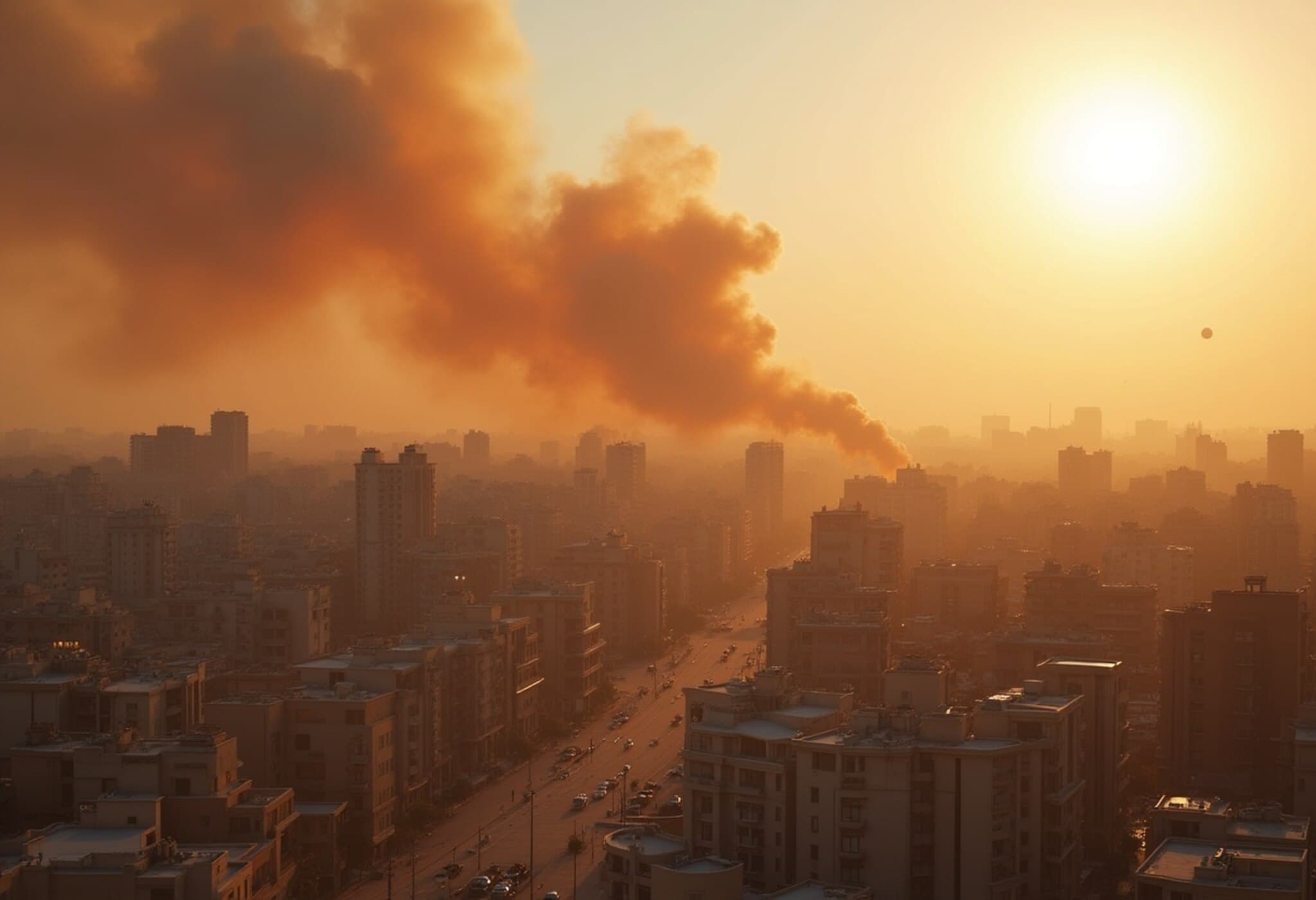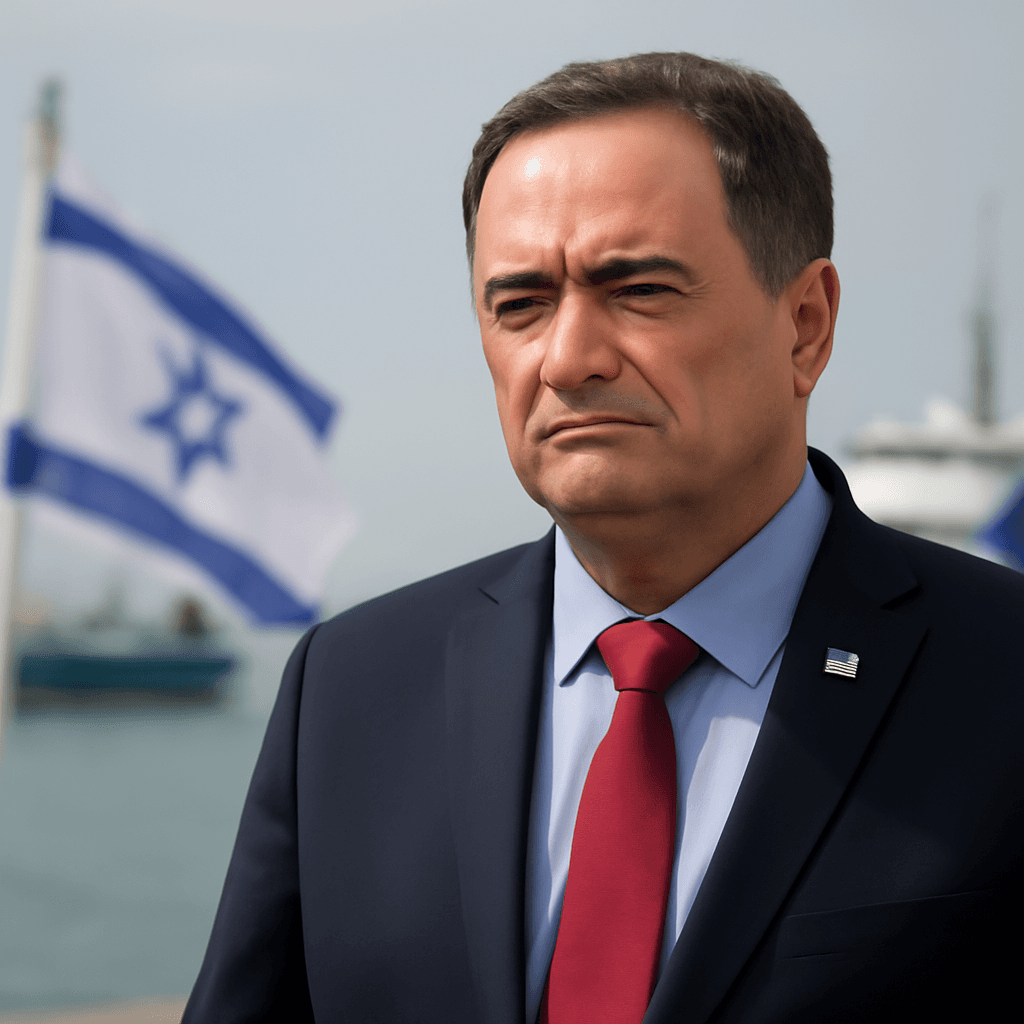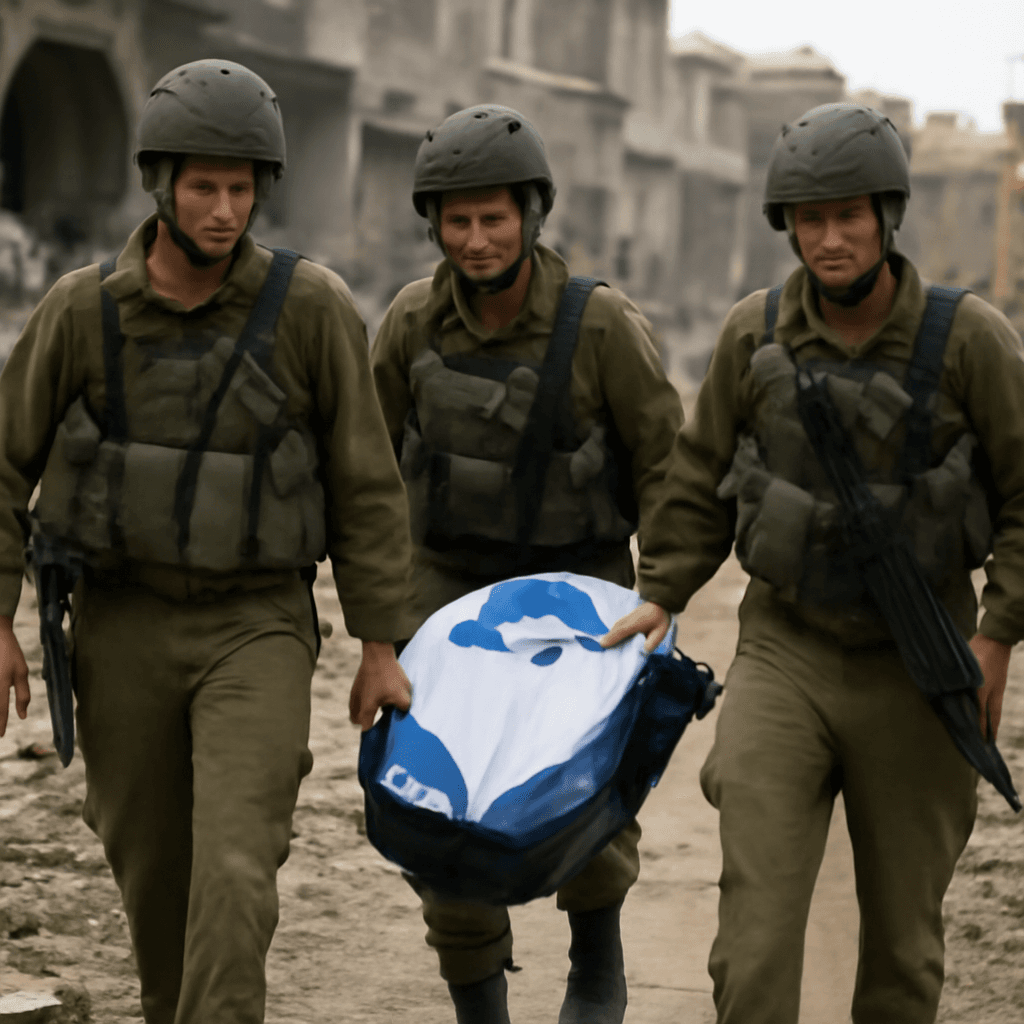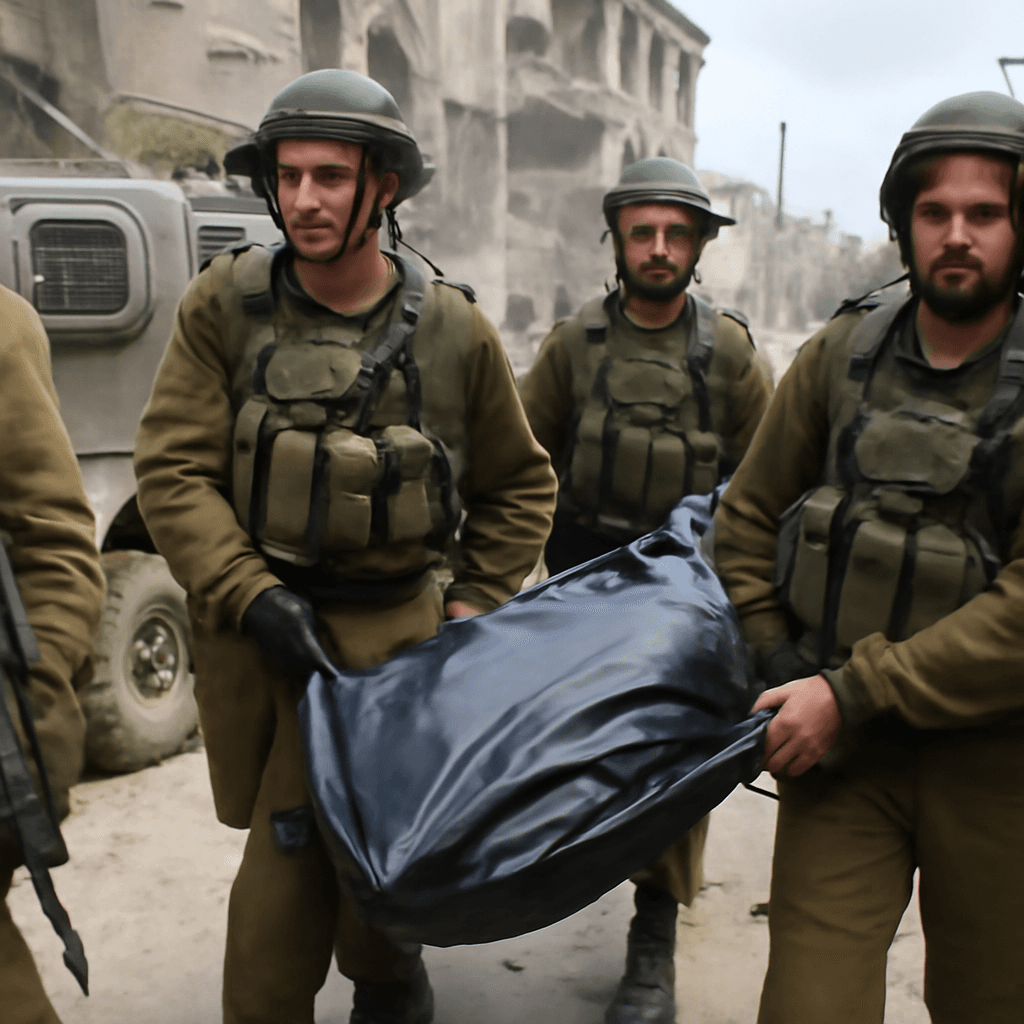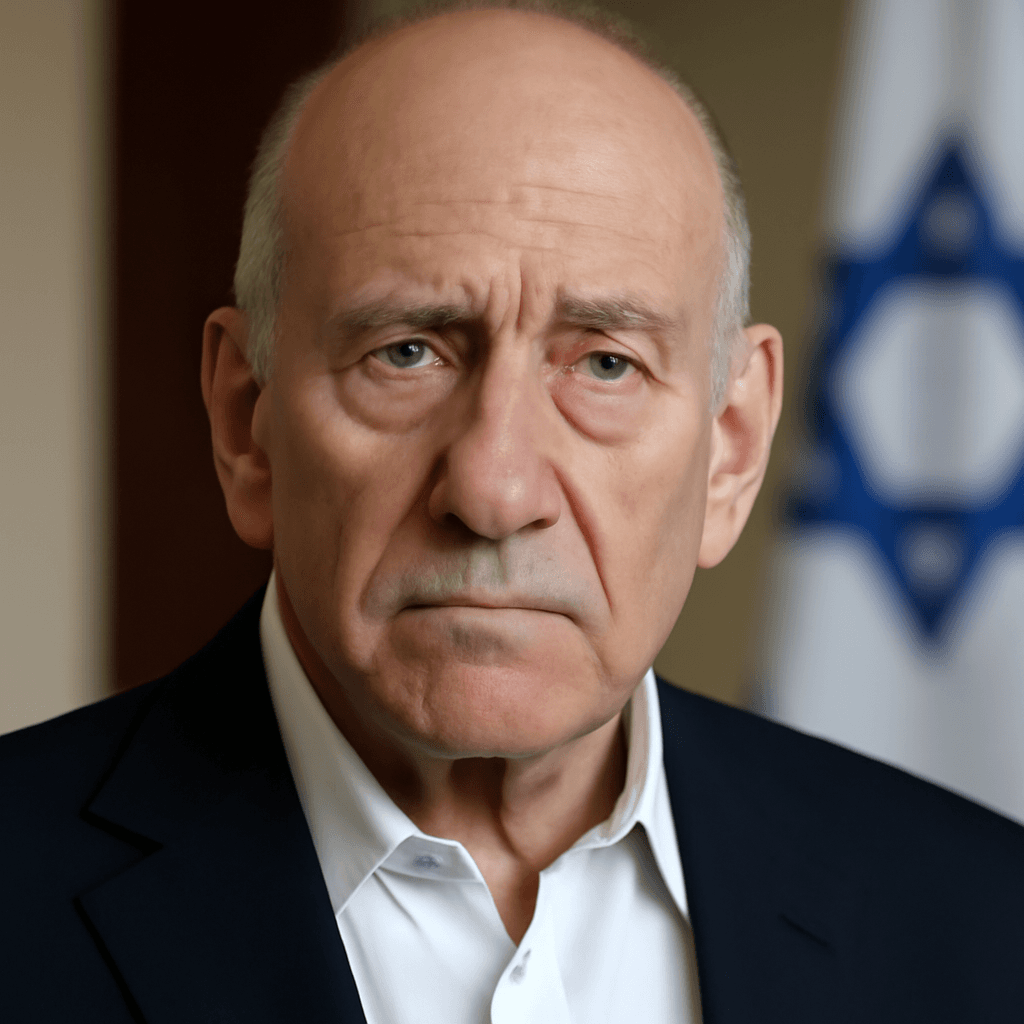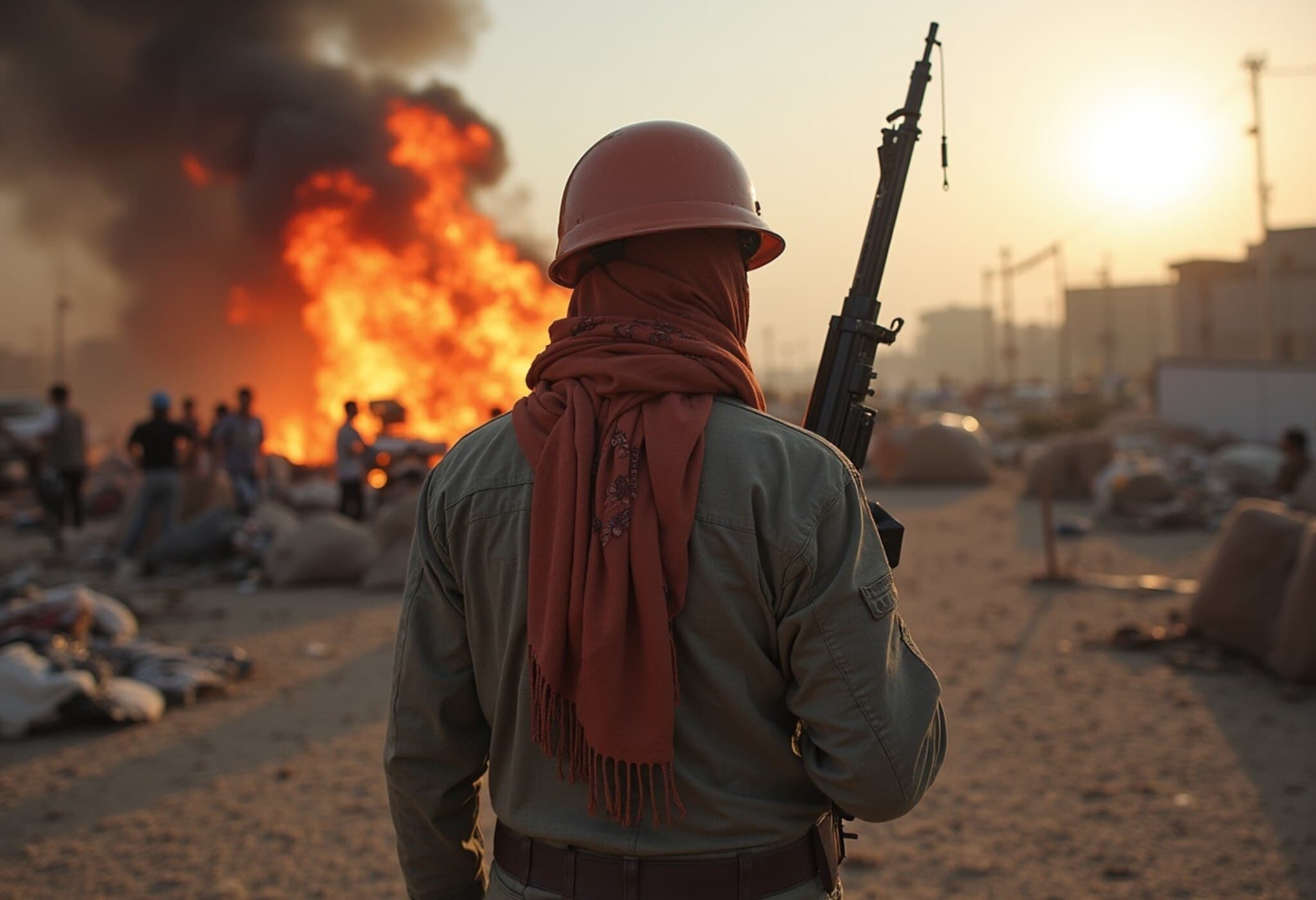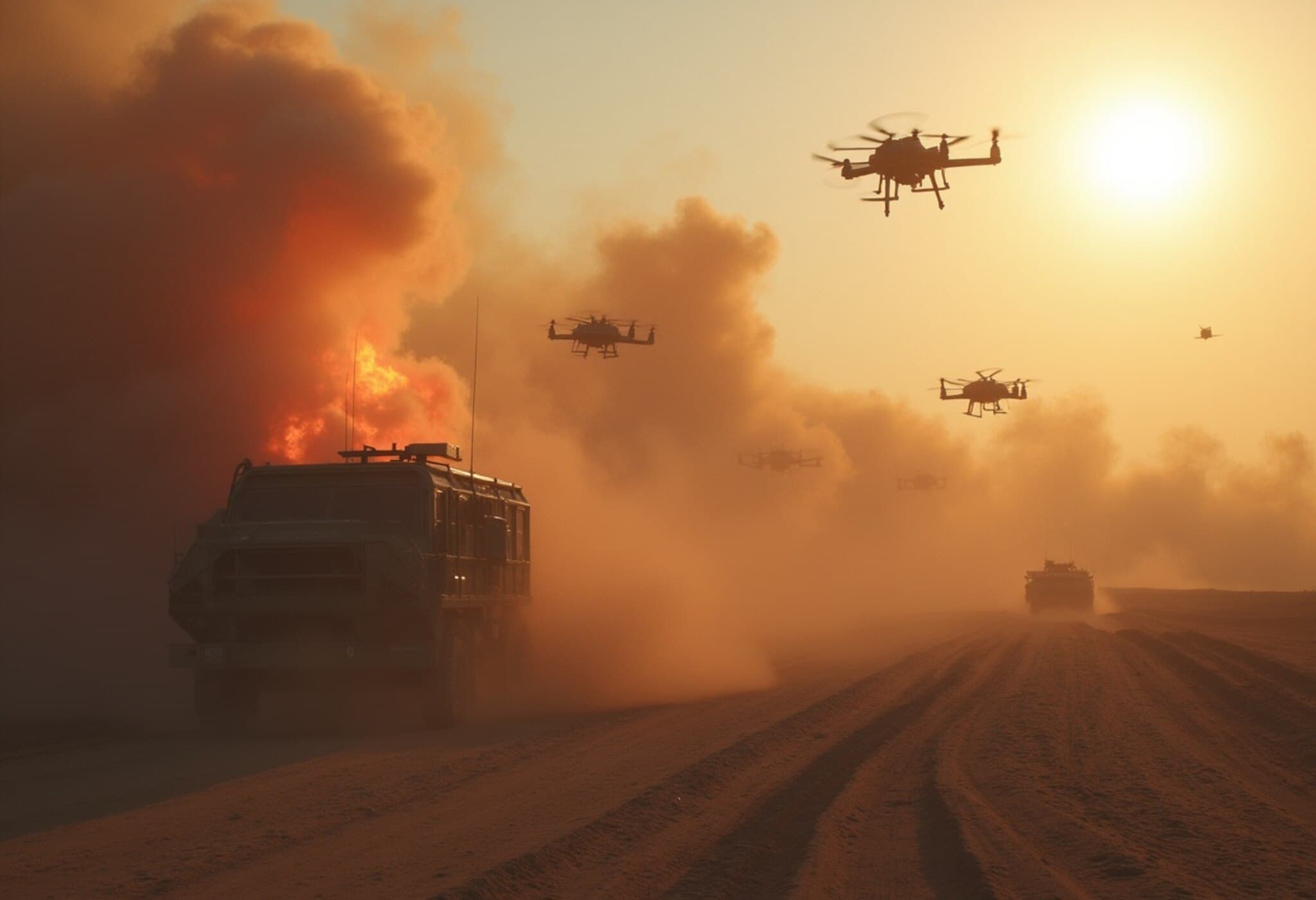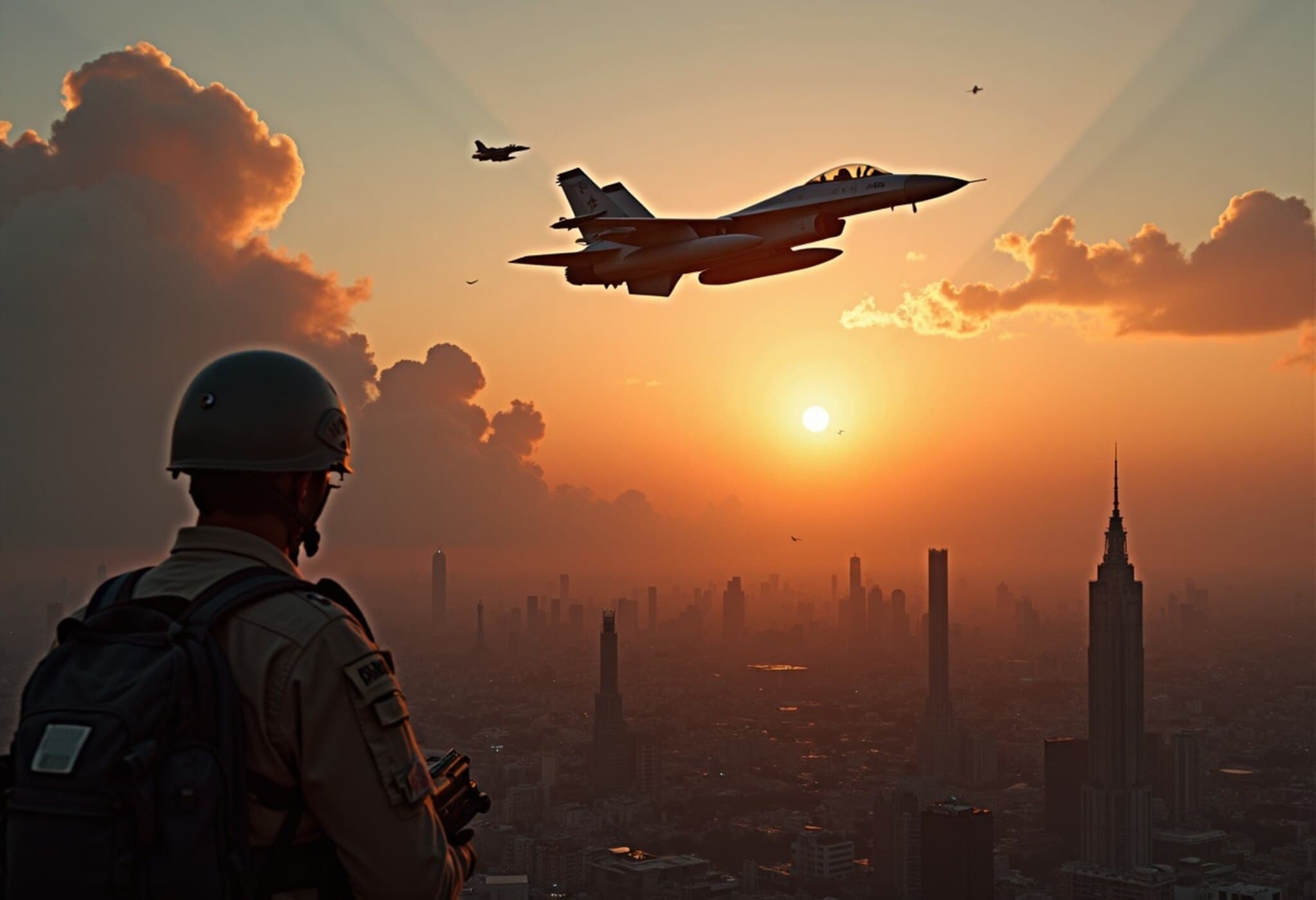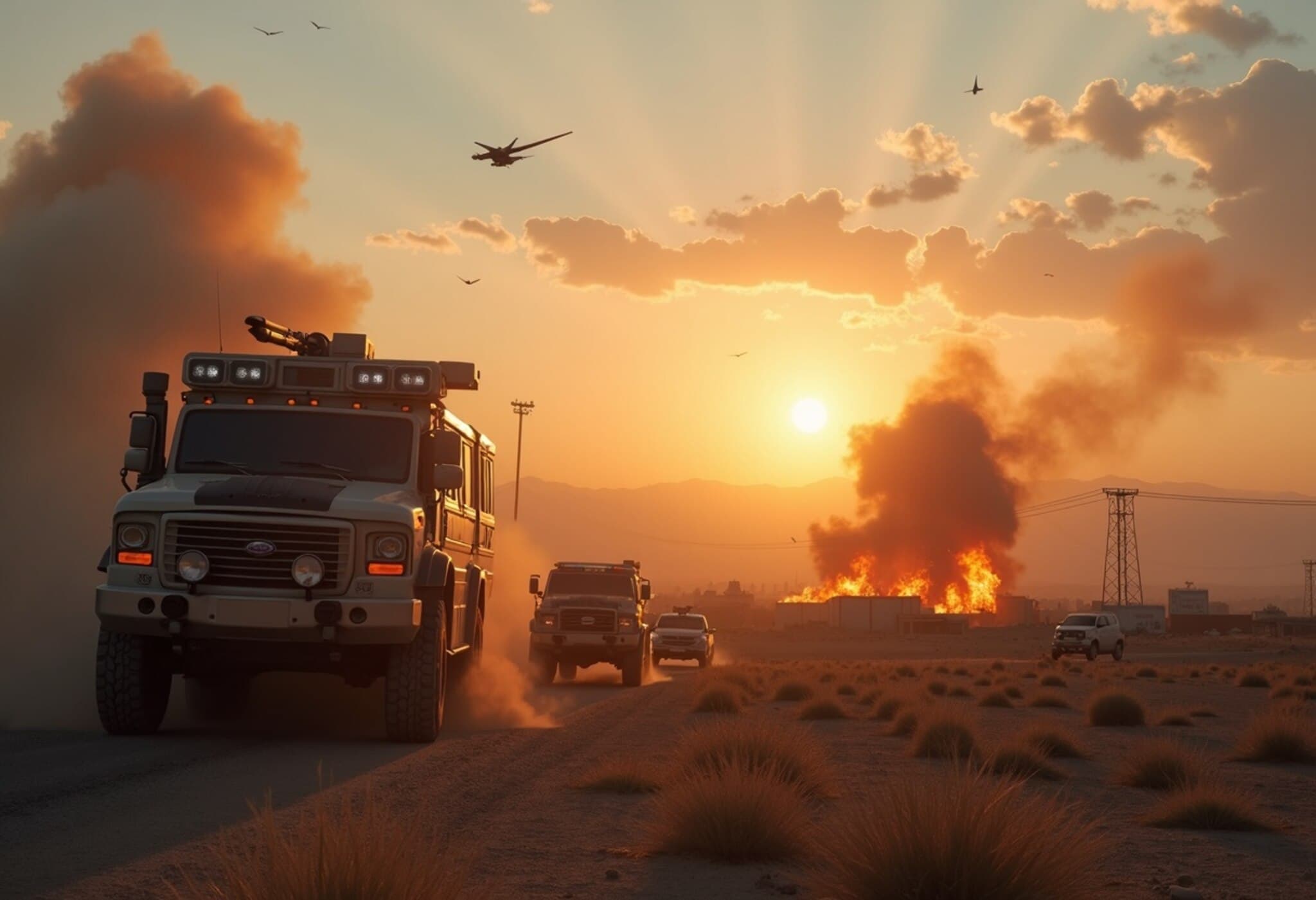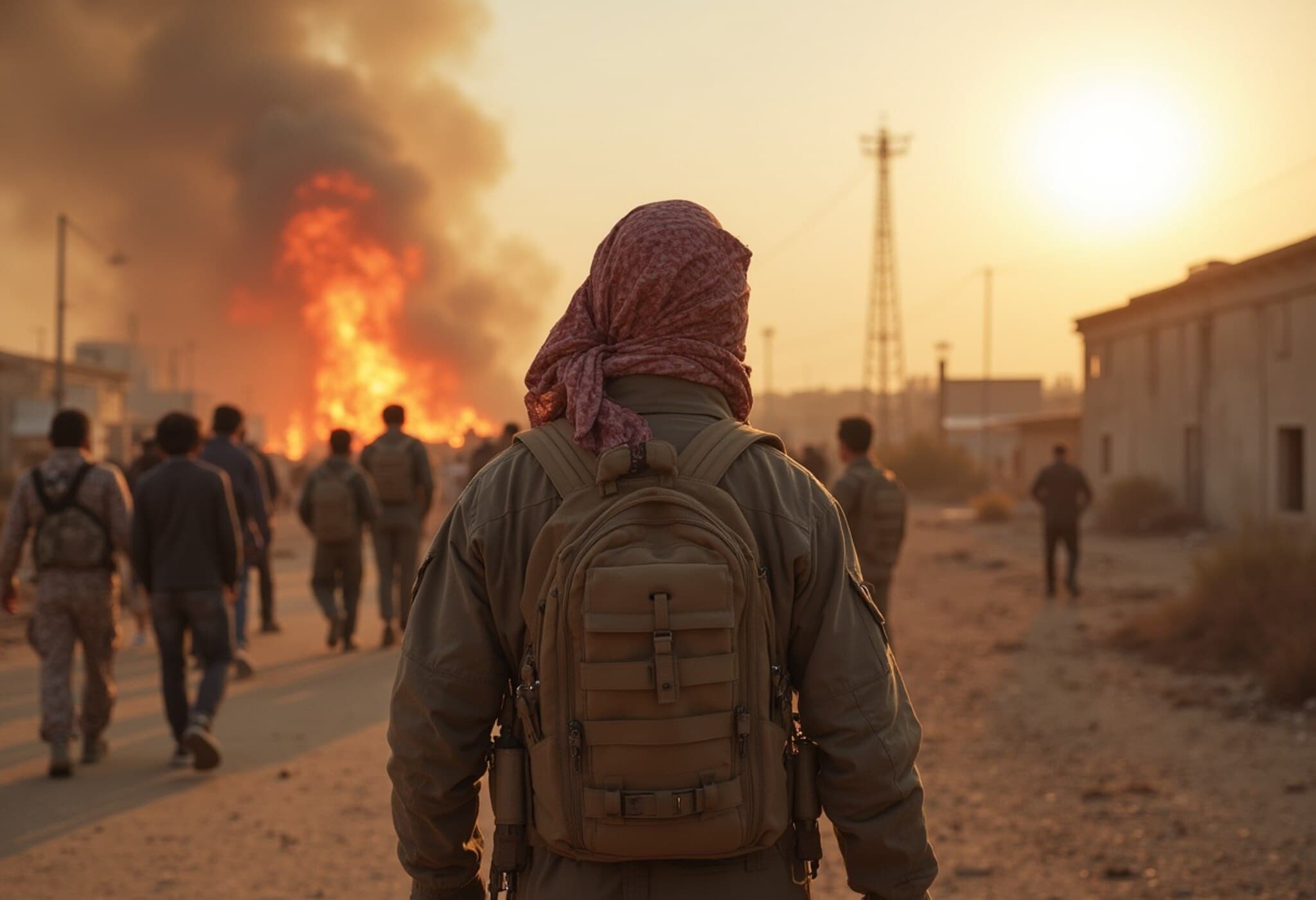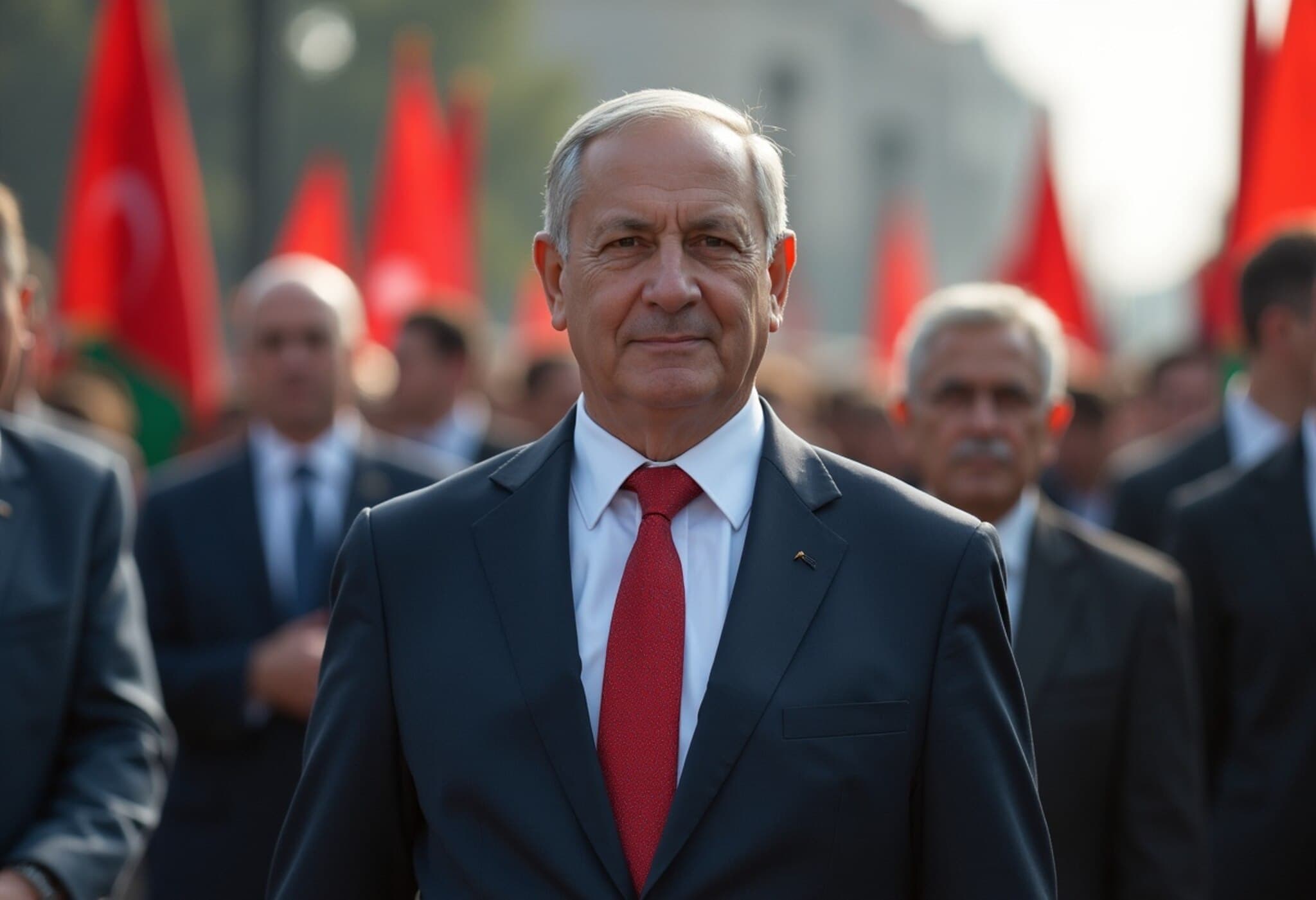Israel Airstrikes Target Sweida City Amid Rising Tribal Violence in Syria
In a significant escalation of regional tensions, Israel has carried out its first airstrike on the Syrian city of Sweida following the withdrawal of Syrian government forces. This attack coincides with intensifying clashes between the Druze community and Bedouin tribes in southern Syria, reflecting a volatile power shift in a historically fragile area.
Context: A Turbulent Withdrawal and Power Vacuum
Earlier this week, Syrian government troops pulled back from Sweida province, which is predominantly populated by Druze—a religious minority with unique cultural heritage. Their departure marked the end of a four-day conflict between Damascus forces and local Druze militias, lifting the curtain on newly emerging local governance dynamics.
Syrian Interim President Ahmed al-Sharaa, addressing the nation on July 17, framed the withdrawal as a pragmatic choice to avoid a broader civil war. He emphasized the priority of national recovery over further destruction, stating, “We chose the interests of Syrians over chaos and destruction.” Al-Sharaa empowered Druze groups to oversee security in the province, effectively recognizing their autonomy in the area.
Escalating Druze-Bedouin Clashes and Human Toll
However, the withdrawal unleashed fresh violence. Tribal skirmishes rapidly intensified as Druze militias, emboldened by the government's absence, clashed fiercely with Bedouin tribal fighters. The Bedouins, who had aligned with Syrian regime forces during earlier hostilities, found themselves targeted in retaliatory attacks reportedly resulting in numerous civilian casualties and mass displacement.
Local sources and the UK-based Syrian Observatory for Human Rights report that over 300 people have died in Sweida province since the conflict reignited on July 14, including 27 Druze civilians allegedly executed by Syrian government forces before their withdrawal. The city itself bore scars of ongoing fighting, with burnt-out vehicles and destroyed infrastructure symbolizing the profound societal fractures.
The Israeli Military’s Strategic Intervention
Amid this complex sectarian violence, Israeli warplanes struck on the outskirts of Sweida city late Thursday night, marking Israel’s first known military operation in this specific area. Syrian state media outlet SANA confirmed the airstrike, describing it as a targeted raid by Israeli aircraft.
This military action follows a similar Israeli strike deep into Damascus a day earlier, which targeted high-profile military and presidential sites. Israeli officials have justified these attacks as necessary measures to protect the vulnerable Druze minority and to counteract the rising instability spilling from Syria into the wider region.
Expert analysts suggest that Israel’s intervention reveals its growing strategic interest in the shifting power landscape of southern Syria, where Assad’s government's ebbing control has created security vacuums exploited by both local actors and external forces.
Broader Implications and Regional Stability
- Local governance: The Druze assumption of security responsibilities in Sweida could set a precedent for minority self-defense arrangements amid a fracturing Syrian state.
- Israeli-Syrian relations: Israel’s deeper military footprint in southern Syria underscores continuing hostilities and strategic jockeying between the two neighbors, with implications for regional peace prospects.
- Humanitarian concerns: The surge in tribal violence raises alarms regarding civilian protection and refugee flows, particularly for displaced Druze and Bedouin families caught amid armed conflict.
Expert Insight: Navigating a Complex Mosaic of Conflict
Dr. Lana Masri, a Middle East security analyst, notes, “The withdrawal of Syrian government forces from Sweida symbolizes both a tactical retreat and growing fragmentation of Syria’s territory. Israel’s strikes indicate its strategic calculus to shape outcomes on the ground, especially to safeguard minority groups like the Druze, who share historical ties and complex political interests with Jerusalem.”
She further warns that while empowering local actors may prevent immediate large-scale warfare, it risks entrenching long-term sectarian divides with potential ripple effects across the Levant.
What Lies Ahead for Sweida and Syria?
As Sweida teeters on the edge of further instability, the international community faces tough questions: How can Syria’s mosaic of ethnic and tribal groups coexist amid diminished central authority? What role should external powers, including Israel, play in conflict zones that dangerously straddle national boundaries? And critically, how will civilians trapped in this maelstrom find security and hope for rebuilding?
Editor's Note
The unfolding crisis in Sweida is more than a localized tribal confrontation; it encapsulates Syria’s broader struggle—a country still recovering from years of brutal civil war, now grappling with fragmentation and contested sovereignties. Israel's recent airstrikes highlight the complex geopolitical chessboard where local dynamics invite external involvement. For readers, the key takeaway is the fragile nature of peace in regions where minority communities bear disproportionate risks amid national power vacuums. Moving forward, careful diplomatic engagement, robust protection for vulnerable civilians, and inclusive governance will be vital to prevent sweeping destabilization in Syria and the broader Middle East.

